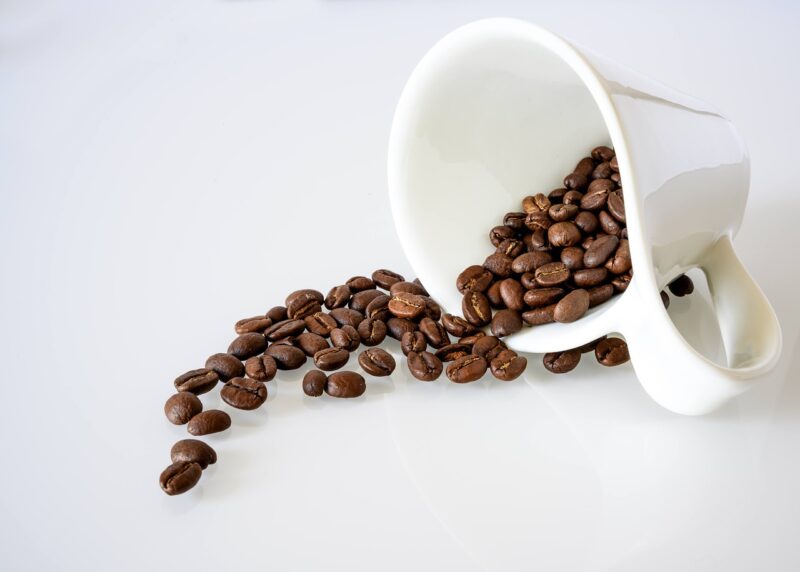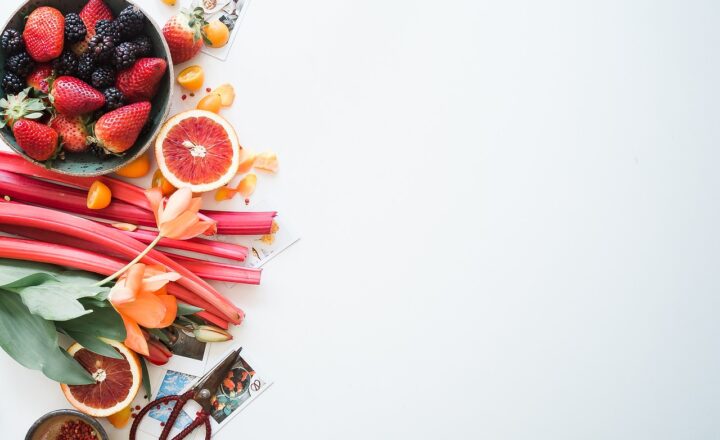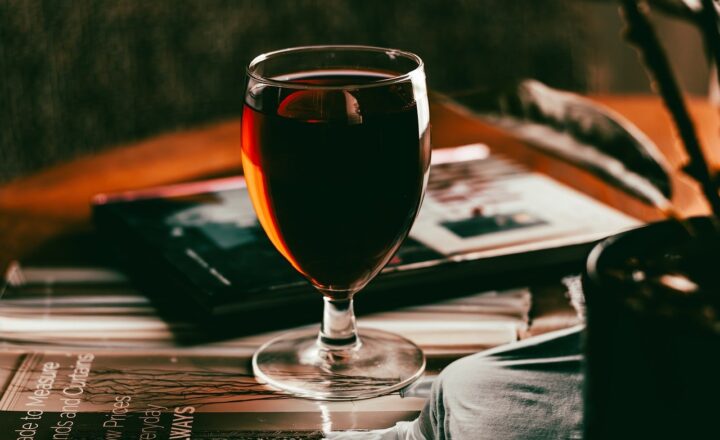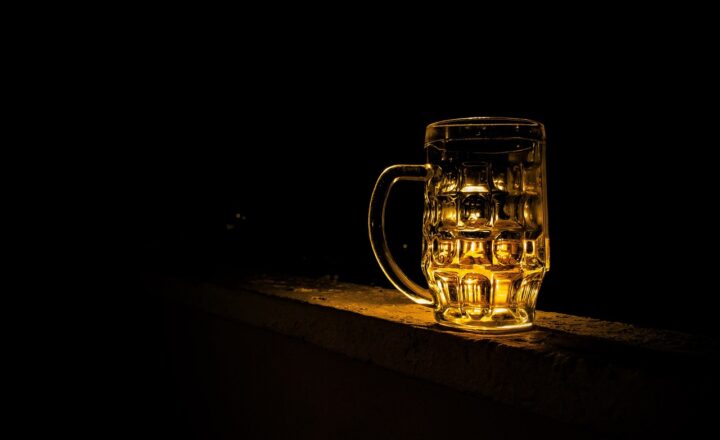Understanding the Differences Between Decaf and Regular Coffee Beans
November 12, 2024

Coffee lovers often find themselves faced with a choice: to caffeinate or not to caffeinate? The answer usually revolves around the two main types of coffee beans consumed worldwide—regular and decaffeinated. But what exactly sets these two apart? While the most apparent difference is the caffeine content, there is much more to explore about these beloved beans. In this article, we will delve deep into the differences between decaf and regular coffee beans, exploring their origins, processing methods, health implications, and flavor profiles.
1. The Basics: What Are Coffee Beans?
Coffee beans are the seeds of the Coffea plant, typically harvested from cherries that grow on coffee trees. The two most common species of coffee beans are Arabica and Robusta, each offering unique flavors and characteristics. Regular coffee beans contain caffeine, a natural stimulant that provides the smooth lift many crave in their morning brew. In contrast, decaffeinated coffee beans undergo a process to remove most of the caffeine content, usually retaining just a small fraction of it.
2. Decaffeination Process: How Is Caffeine Removed?
The decaffeination of coffee beans can happen in several ways, each affecting the final product differently. Here are the most common methods for removing caffeine:
- Direct Solvent Method: In this method, coffee beans are steamed and then soaked in a solvent (usually methylene chloride or ethyl acetate) that selectively absorbs caffeine. After the process, beans are thoroughly rinsed to remove any residual solvent.
- Indirect Solvent Method: Here, the beans are soaked in hot water to dissolve caffeine and other soluble compounds, then removed. The remaining water is processed with a solvent to extract caffeine before being reintroduced to the beans to retain their flavor compounds.
- Swiss Water Process: This chemical-free method uses only water to decaffeinate the beans. The beans are soaked in hot water to dissolve caffeine, which is then filtered out. This process preserves much of the original flavor while removing most of the caffeine.
- CO2 Process: Utilizing carbon dioxide, this method is more expensive but retains flavors well. Beans are placed in a chamber with pressurized CO2, which selectively extracts caffeine while leaving behind other flavor compounds.
Each method has its pros and cons, with some preserving flavor better than others. Nevertheless, the primary goal remains the same: to lower caffeine levels while maintaining the overall taste and integrity of the coffee.
3. Health Implications: Comparing Caffeine Content
Caffeine is well known for having both positive and negative health effects. In moderation, it can enhance focus, improve physical performance, and even lower the risk of some diseases. However, too much caffeine can lead to anxiety, insomnia, heart palpitations, and digestive issues.
Regular coffee typically contains about 95 mg of caffeine per 8 oz serving, while decaf averages around 2-5 mg of caffeine per the same serving size. This difference can be crucial for those sensitive to caffeine or who wish to avoid it altogether. However, recent studies indicate that decaf coffee also contains antioxidants and beneficial compounds present in regular coffee, making it a healthful choice, despite the reduced caffeine levels.
4. Flavor Profiles: What’s the Difference in Taste?
One of the most debated topics among coffee connoisseurs is taste. Many believe that decaf coffee lacks the robustness and depth of flavor that regular coffee offers. However, this perception often results from using inferior beans or less careful processing.
Regular coffee tends to be more aromatic, and the presence of caffeine can amplify flavors, leading to a fuller tasting experience. Various factors influence the taste of coffee, including the cultivation region, roasting process, and brewing method. When brewed properly, decaf coffee can be rich and flavorful due to the remaining solids, oils, and acids.
In fact, some roasters proudly tout their decaf blends as smooth, bold, or even fruity, demonstrating that with the right care, decaf can be a delightful alternative to its caffeinated counterpart.
5. The Cultural Context: How Different Cultures Consume Coffee
Coffee culture varies greatly around the world. In many regions, drinking decaf isn’t as commonplace, where high caffeine intake is a norm, often regarded as a daily ritual.
In Italy, for example, espresso is a way of life, deeply ingrained in their culture. However, more health-conscious individuals or those with caffeine sensitivity may lean towards decaf options, particularly in restaurants and cafes.
On the other hand, in Scandinavian countries, coffee breaks are essential parts of daily routines, where drinkers often consume both regular and decaf varieties without hesitation. The variations in coffee culture illustrate that the choice between decaf and regular largely comes down to personal preferences.
Conclusion: Choosing the Right Coffee for You
In the end, the decision between decaf and regular coffee boils down to your lifestyle, health considerations, and taste preferences. For those who love the rich flavor and stimulating effects of caffeine, regular coffee remains the top choice. If you’re looking for a conventional coffee experience but wish to limit caffeine intake, decaf provides a wonderful option without sacrificing flavor.
Experimenting with different decaf brands and brewing techniques can lead to surprising discoveries! So whether you’re brewing a cup of regular or decaf, remember that both types hold unique charms in the expansive world of coffee. As always, enjoy your next cup—it might just be the best one yet!







